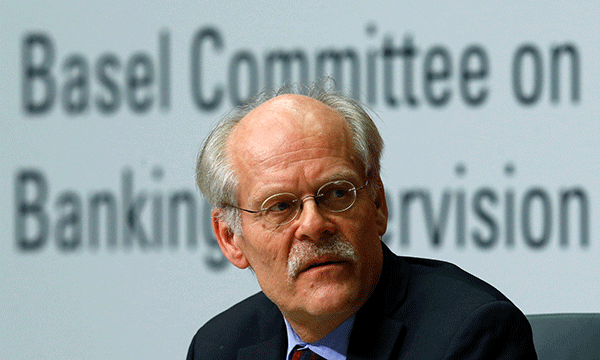 |
| Stefan Ingves, chairman of the Basel Committee, on Thursday, when new documentation was released |
The Basel Committee’s oversight body – titled the group of central bank governors and heads of supervision – has agreed on an output floor for banks that use internal models to calculate credit risk.
It was perhaps the most contentious piece of the Basel III framework, and disagreements over what the output-floor level should be caused a year-long delay to its finalization.
The group agreed on a risk-weighted asset (RWA) floor of 72.5% of what a given bank would have used under the more onerous standardized approach to assessing credit risk. That’s smack in the middle of the 70% to 75% floor the market was expecting.
According to Credit Suisse, the requirement could consume capital equivalent to about 13% of European bank lending capacity, but the committee made concessions that will ease the impact overall.
Implementation will be gradual, over a nine-year period — a longer transition period than many expected. A 50% floor comes into effect at the start of 2022, followed by 5% increases every year until 2026, when 70% will be the floor.